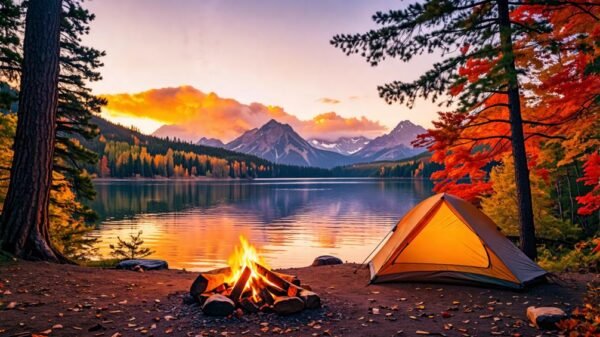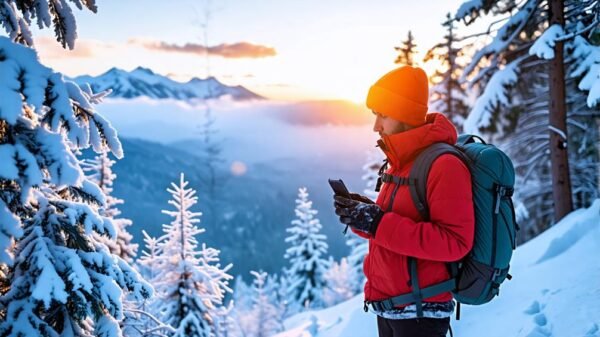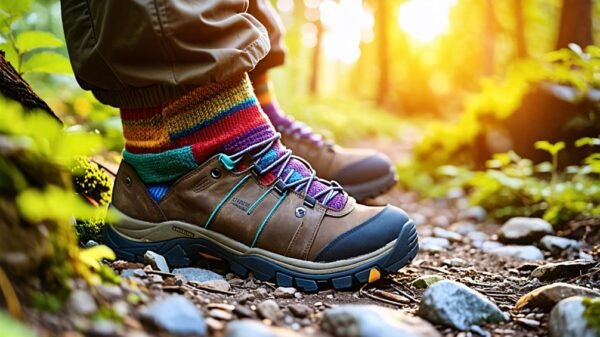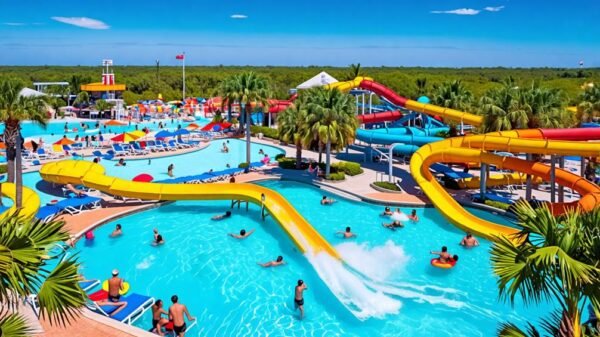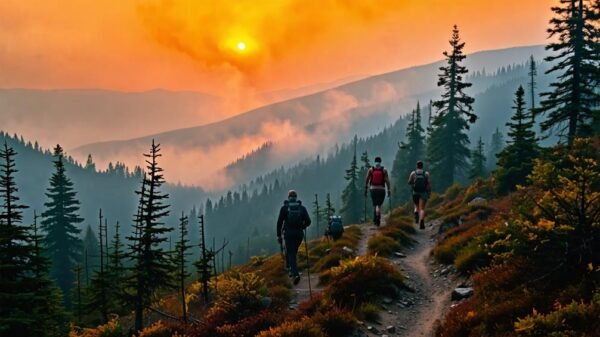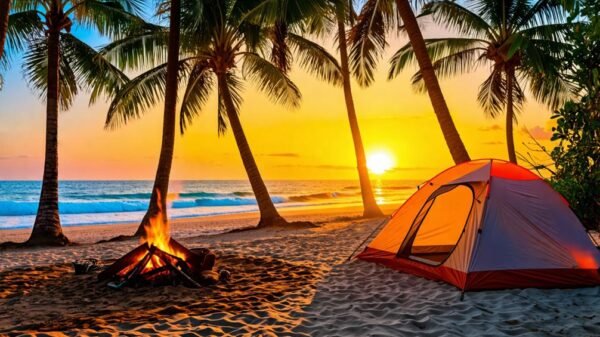Beware of Red Flags: Ensure a Safe Camping Adventure
Camping is a cherished tradition for many, leading families and friends to bond over nature and shared experiences. However, it’s crucial to prioritize safety while enjoying the great outdoors. From pristine parks to rustic campsites, knowing the potential dangers that may lurk can make the difference between a delightful trip and a troublesome one. Here, we explore some red flags to watch out for at your campsite, ensuring your adventure remains safe and enjoyable.
Tentsite Conditions Matter
When you arrive at your chosen camping location, take a moment to inspect the area where you’ll be setting up your tent. This is not just about aesthetics; it impacts your overall comfort and safety during your stay. A messy site could hide various hazards, such as broken glass, trash, or even evidence of animal activities. Standing water is another red flag, indicating poor drainage and a likelihood of mosquitoes becoming unwelcome guests. Prioritize a clean, clear, and well-maintained space to avoid discomfort during your camping experience.
Signage is Key to Safety
Whether you’re nestled in a national park or a privately operated campsite, clear and updated signage speaks volumes about the management of the site. Signs should effectively communicate important information about potential hazards, rules, and important contact details in case of an emergency. If you notice faded or missing signs, consider it a warning signal. A lack of proper signage might indicate negligence on the part of the management, which could leave campers unprotected in the event of an incident.
Campfire Pit Clearance is Essential
A campfire is often the centerpiece of a camping trip, but safety should always come first when it comes to fire pits. Ideally, there should be a minimum of 10 to 15 feet cleared around your campfire to prevent any sparks or flames from causing damage. This precaution ensures that your tents and the surrounding natural landscape remain untouched by fire hazards. Don’t hesitate to check the spacing at your campsite; a tight fire pit can quickly lead to disaster.
Water Safety Measures
Imagine a beautiful lake or swimming area at your campsite. While this offers a fantastic opportunity for fun and relaxation, safety must be prioritized. Established campsites should provide vital safety measures, such as life jackets, signage about swimming conditions, and possibly lifeguards. If you encounter a site without signs regarding swimming risks, it is worth questioning the management’s commitment to camper safety, especially for families with children.
Wildlife Presence: A Double-Edged Sword
Wildlife encounters can be enchanting but also daunting. If your campsite is located next to foraging areas, like berry patches or water sources teeming with fish, take heed. Installations like bear-proof food containers are essential in areas inhabited by bears and other wildlife. Look for wildlife warning signs or littering associated with animal activity—these are red flags that indicate you’re at high risk for uninvited guests, which could threaten your safety.
The Importance of Professionalism and Availability of Staff
Part of the camping experience involves engaging with on-site staff. Friendly, helpful, and attentive camp personnel can significantly enhance your trip. If you notice rude or unresponsive staff, that’s a cause for concern. A lack of availability or professionalism could lead to safety risks, especially if you need immediate assistance during your stay. Reputable campgrounds prioritize customer service and prioritize your safety in case of emergencies.
Amenities: A Simplified Living Experience
While some might relish a back-to-basics approach, having essential amenities can vastly improve your camping experience. Look for campsites that provide clean restrooms, fresh water, and proper garbage disposal facilities. Camping shouldn’t feel like a burden, and when the essentials are absent or poorly maintained, it’s a red flag for the experience ahead. Basic comforts can transform a camping trip into a pleasurable escape.
Keeping these red flags in mind can significantly shape your camping journey. Proper research and a keen eye can help you choose a safe, enjoyable campsite that meets your needs. So grab your gear, head into the wilderness, and make delightful memories while keeping safety at the forefront of your adventure!



